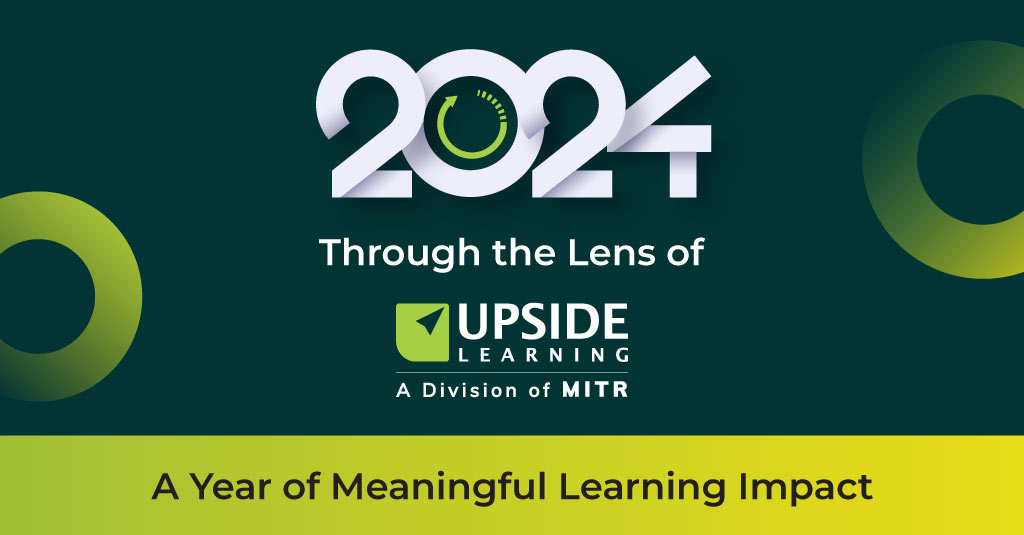An effective learning intervention is one that has the right mix of various learning factors. In Part 2 of the post on Designing impactful compliance training programs, we will look at CONTENT.
The content for compliance training interventions generally covers subjects that are considered dull. With the content often dotted with legalese related to policies, principles, and practices, such interventions could disengage employees.
An effective way to make the whole initiative of compliance training less tedious could be the use of scenario-based learning. It is possible to create impactful experiences by presenting compliance-related content through real-world situations; these real-world situations act as the vehicles to lend clear, contextual meaning to the legal and compliance requirements. It could, therefore, be easier for employees to assimilate the learning if considerations such as: who the policies apply to, the circumstances they apply in, and what happens if they are not followed are presented in a contextual setting.
For instance, experiences that facilitate employee interaction with the content, or those that feature compelling real-world stories and gamified experiences can help employees internalize and consume the content better.
Apart from the way that the content is presented to employees, what may also require some attention is the volume of content that is up for consumption. This is where the idea of adaptive learning could help – through which employees get to access only the relevant content required to fill in training gaps, if any. Such approaches to learning design are impactful for employees, making the most efficient use of their time.
Another important consideration is the frequency of compliance training interventions. It is worth noting that topics such as code of conduct training that are mandatory, call for an exhaustive program. However, for regulatory requirements that may be revised continually, organizations could have employees certified every year or on an ongoing basis. Instead of devising a ‘one-size-fits all’ program, a personalized learning path – deployed in incremental bursts of relevant content – could prove to be more effective towards guiding compliant behaviour.
Along with what the content says, the way it’s said is also likely to matter in compliance training, that is, the tone of messaging. A very crucial element in the whole scenario is the tone at the top – it’s what determines the way organizational goals are perceived. The perceptions of the leadership and management teams are vital to an organization rooted in ethical and compliant ways of working.
Organizations need to focus on developing consistent messaging that remains authentic even in an evolving corporate landscape with challenges such as a changing business climate, internal restructuring, operations across geographies, or perceived bureaucracy. One way to convey an organization’s stand on a culture of compliance is to involve those in the top management – such as the CEO, the CCO, and senior leaders – in sending out regular communication addressing employees and highlighting organizational goals.
In our new eBook, we discuss the various ways in which you can approach the design and implementation of impactful compliance interventions with a focus on content, the frequency with which it is experienced, and the overall tone of messaging.


















